#CaneloGGG2: This Time, It’s Personal!
It’s almost time, finally, for #CaneloGGG2, and so much has happened since the first encounter that it’s hard to believe it took place only a year ago. That first fight was tagged as “Supremacy,” the bout to answer the question of who was the best middleweight in the world, and to perhaps even propel the winner to the top of the pound-for-pound lists. For the Mexican and the Kazakh, it was also a highly lucrative engagement, as they were rewarded with more than enough loot to make up for the considerable risk involved. After a prolonged, frustrating negotiating period, fans had to concede that once Canelo vs Golovkin became a reality, it represented prizefighting at its finest: two elite talents putting their reputations on the line for the chance to enhance their legacies in a truly meaningful way.
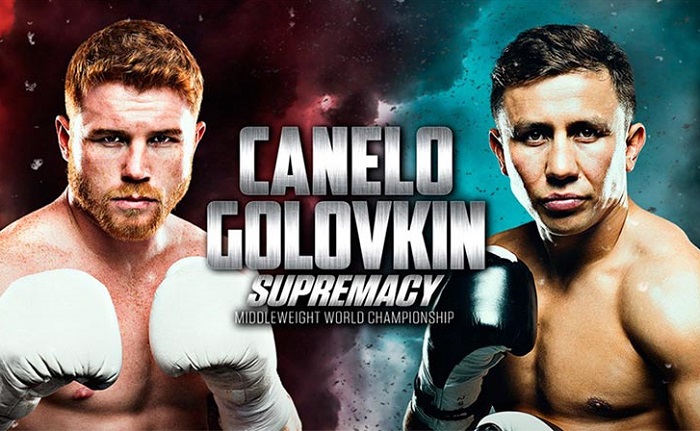
But if there was one ingredient missing from the buildup to that tantalizing match-up, it was something that every Hollywood studio worth its salt knows to save for the sequel, and the sequel to #CaneloGGG is finally here. No matter which side you’re rooting for in this rivalry, you cannot deny there’s a distinct This time it’s personal! quality to #CaneloGGG2, and that it has the potential to turn the rematch into a more violent, and an even more lucrative, engagement than the first go-around.
To understand why, remember that in the buildup to last year’s showdown the Mexican and the Kazakh presented themselves as shining examples of pulchritude and respectability, as in: It’s not personal! It’s strictly business! Despite attempts from the media to trigger some animosity, the facade of mutual respect they tacitly agreed to refused to crack, at least in front of the cameras. Any and all hostilities would be reserved strictly for fight night, thank you very much; all those millions of blood-thirsty fans would get their fix of violence, certainly, but only after they had paid for their tickets and for the pay-per-view. Not a second earlier.

The wait was almost worth it. On Dieciseis de Septiembre, in a packed T-Mobile Arena that accounted for one of the largest gates in the history of the sport, Canelo and Gennady produced a competitive battle with plenty of shifts of momentum, although by night’s end everyone agreed it could’ve used a few more fireworks. And despite the event producing a clear winner in the eyes of most, the judges sitting ringside saw things differently, as they tend to do in big matches where the A-side’s performance isn’t up to snuff. Canelo won maybe four or five rounds, the judges duly coughed up the difference, and the whole thing was ruled a draw. So much for “Supremacy.”
That the aftermath was dominated by talk of the skewed scorecards was a glaringly bad sign that the fight had failed to live up to the hype. Canelo—facing the most dangerous challenge of his career—deployed an over-cautious approach, content to counter in spots, getting outworked in some rounds, and clearly taking at least a couple of stanzas off in the interest of avoiding stamina issues. Golovkin, for his part, engaged Canelo less frequently than he did lesser rivals, showcasing his vaunted bodywork only sporadically.
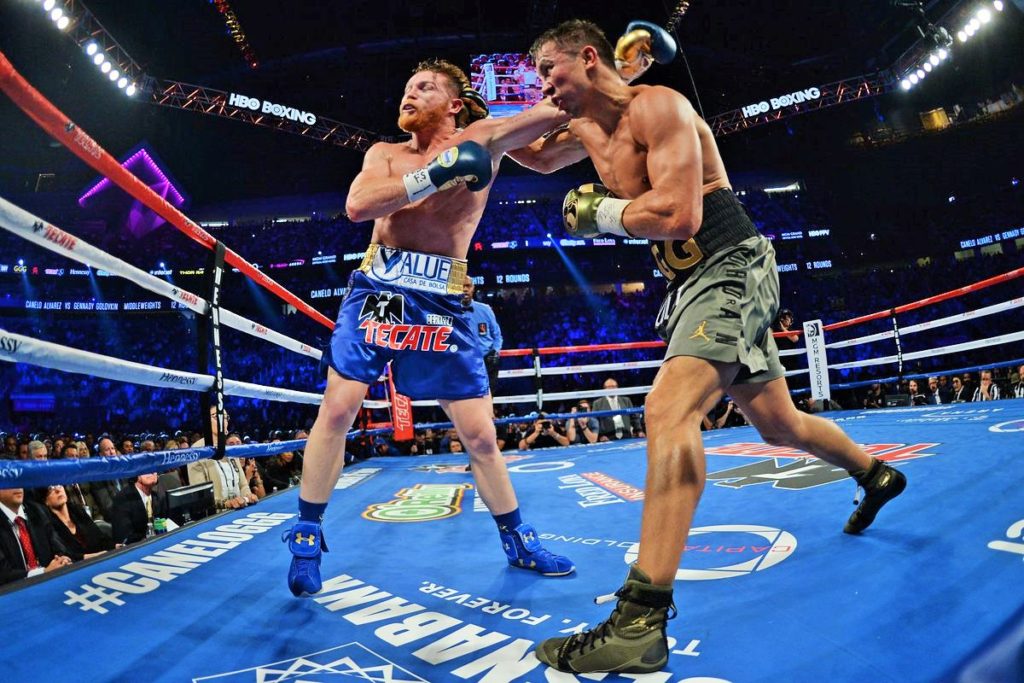
All this half-explains why Canelo vs Golovkin failed to live up to expectations, but doesn’t get us all the way there. Another piece of the answer is that professionalism is not enough to yield a memorable war. Think of some of the greatest rivalries of all time, and you’ll be forgiven for thinking enmity is a necessary pre-condition for ring violence. Ali vs Frazier. Hagler vs Hearns. Barrera vs Morales. Leonard vs Duran. At least one half of each of those rivalries–but often both–had a genuine dislike, if not outright hatred, for their adversary, using it as fuel to post some of the most amazing performances of their careers.
In Canelo vs Golovkin we didn’t get a formidable encounter, even though that’s what we expected when the bout was first signed. But the good news is that if real animosity is what this rivalry needed to become a truly great one, we might be in for a treat on September 15th. There’s a fire burning under the #CaneloGGG2 rocket, and everything indicates it’s about to take off and explode into the pyrotechnics extravaganza we expected the first time around. That fire burns not only with the controversial scorecards of the first fight, but with a fueling amalgam of Clenbuterol, cancelled fights, title belt shenanigans, name-calling, twitter memes, Instagram posts, and with the rest of all the mamadas produced by a several-years-long saga that may be about to reach an explosive conclusion. End result: This time it’s personal!

For Canelo, the personal component arises from the fact that even on a bad day he sees himself as something of a good guy, while on a very good day he thinks himself as nothing less than boxing’s savior. And yet, it’s a fact neither of those views are shared by anyone outside his inner circle, something which seems to cause him no end of aggravation. For proof, refer to what happened after he failed a couple of drug tests earlier this year, failings which led to the cancellation of the Golovkin rematch back in May: the Mexican played the role of contrite culprit for about a millisecond before switching back to martyr mode. “Golovkin is using the failed tests as an excuse not to fight again!” said Canelo. “I didn’t do anything wrong!” To believe the redhead would be to accept his official position that his ingestion of Clenbuterol was yes, regrettable, but also inadvertent, nothing more than an embarrassing mistake his adversary was exploiting to make him look bad. In other words, Canelo is the victim, not the offending party.
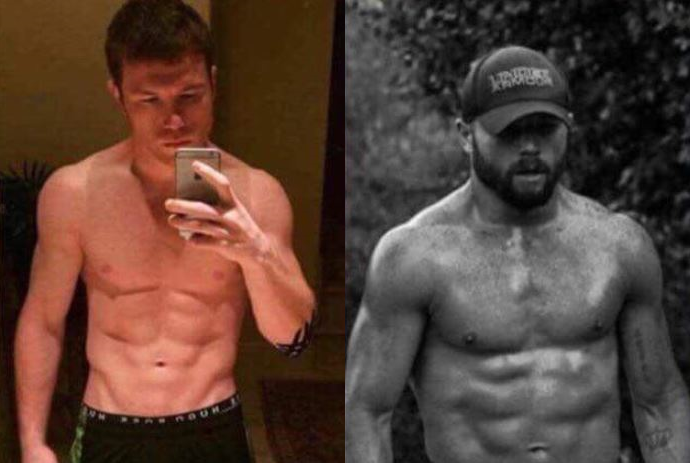
In other words, we are to overlook the fact that the Clenbuterol debacle was only the latest in a series of Canelo offenses that fight fans have tallied up for years when, by his own admission, the Mexican was supposed to be the corrective to the Floyd Mayweather Jr. era, the one who would give fans the mega-fights they deserved the moment they were demanded. But as much as Canelo wants to present himself as boxing’s benevolent king, the stains on his record make it impossible to see him as such. We’ve compared Canelo to Mayweather before, but one of the most significant differences between them is that, as long as people bought his fights, Floyd never cared about being loved. Canelo, on the other hand, not only demands love, but throws a fit when he’s denied it, even if it’s clear as day he’s the only one to blame for that.
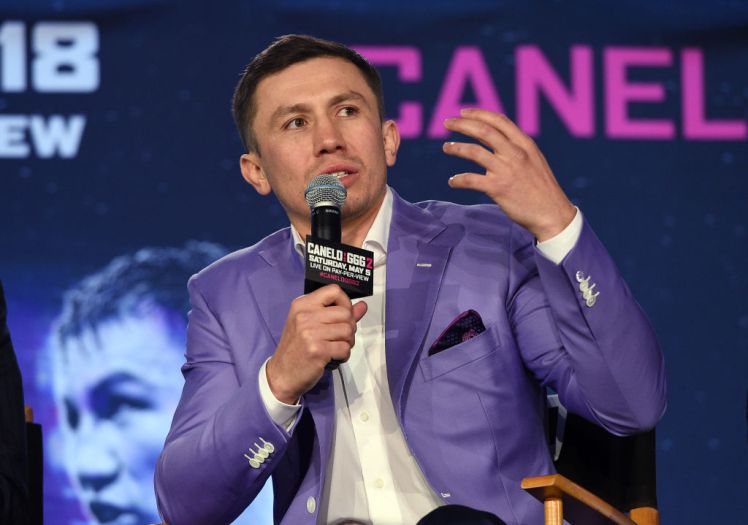
As for Golovkin, the personal component comes from years of being slighted and sidelined by boxing’s power brokers, of which Canelo—as the highest earner in North American boxing—is the foremost member. Put simply, Triple-G has had enough of having his chain yanked and, like Howard Beale himself, has finally reached his breaking point: I’m a HUMAN BEING, God damn it! My life has value! I’M MAD AS HELL, AND I’M NOT GOING TO TAKE THIS ANYMORE! And yet, while the Kazakh had to beg for years for a shot at the lineal middleweight title, it could now be argued that Golovkin — in what is perhaps the most surprising twist of this entire saga — now enjoys the upper hand in the mind-games department going into the rematch.
That is because after Canelo pulled out of the May engagement, everyone—including Triple-G’s promoter—implored Golovkin to immediately accept Canelo’s terms for the rescheduled rematch, and not make a big fuss about the Clenbuterol thing. But Golovkin had other plans. Finding himself again slighted, disrespected, and all gloved up with no one to punch, the Kazakh refused to sit idle while Canelo cleared things up with the Nevada Athletic Commission, instead taking a fight against a severely overmatched rival last Cinco de Mayo. He did this not so much for the challenge, but just to show Canelo that he is perfectly capable of headlining on a Mexican Holiday on his own.

Granted, that fight in May was far from interesting–Triple-G dispatched of an overblown, inactive opponent inside of two rounds–and the Kazakh even got stripped of one of his belts for dodging a mandatory fight. But on the plus side, he did in fact break his own attendance record at Carson City’s Stubhub Center, Canelo helplessly looking on from the comfort of his own home. The Mexican at that point kept himself busy by licking his wounds—the big ones inflicted on his pride by the Clenbuterol incident, and the tiny ones inflicted on his knee from arthroscopic surgery. Unsurprisingly, within a few days—with no other potential opponents in sight able to inflate their bank accounts as much as each other–negotiations for the rematch began anew.
What was surprising is that to sign up for the rescheduled rematch Triple-G not only raised his asking price, but when confronted about it by Golden Boy Promotions, he dug his heels in and refused to budge an inch. The major reveal to the story came when Canelo and Golden Boy Promotions conceded Gennady’s request at the eleventh hour, just a few minutes after the deadline they had imposed on Golovkin to sign the contract came and went with Gennady giving exactly zero damns, he having successfully lined up poor Billy Joe Saunders as a backup, just in case things with Canelo didn’t pan out.
To call that a ballsy move from the Kazakh is an understatement; more importantly, it proved to Canelo and his team that Gennady was done yielding to the Mexican’s every whim, undoubtedly scoring the Kazakh some psycho-warfare points over Canelo at a time when the Mexican’s career has seen unprecedented derision and ridicule. It’s a welcome surprise to the legions of Canelo detractors that Gennady Golovkin might arrive in stronger form to the rematch than he did for the first fight—if not physically (the man is 36 years old to Canelo’s 28, after all), then at least mentally.
The most evident sign that all pretensions between the two middleweights are now null and void is that both Gennady and his trainer Abel Sanchez have become unhinged following Canelo’s failed drug tests. While Golovkin refuses to paint Canelo as anything other than a cheat these days, Sanchez has hurled at Canelo the worst possible insult that can be hurled at a Mexican fighter: that he’s a runner.
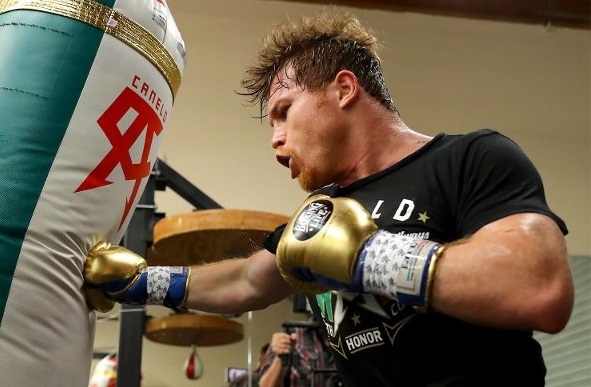
Canelo, for his part, wasted little time responding, calling Sanchez a pendejo, which the English-language media has politely translated as “dumbass”, but which more accurately translates as “dumbfuck,” not a difference of kind, but definitely of degree. And just when we thought things couldn’t get any more heated–or more childish, depending on your point of view–Canelo’s trainer, “Chepo” Reynoso, whose chubby, wrinkly face would make an adorable Santa Claus any day in December, chimed in by calling Golovkin “a donkey that doesn’t think.” Personal enough for you?
But the mudslinging didn’t stop there. For the last few weeks Triple-G has seen in every mic put in front of him a chance to remind everyone he’s the ambassador of the “real” Mexican style of fisticuffs. And when Canelo finally had enough of the Mexican style nonsense, he responded in the most condescending way possible, saying there’s no such thing as Mexican style—which, to his credit, is true, although everyone who follows boxing knows exactly what Triple-G is referring to. Then GGG also said he doesn’t respect Canelo, because Canelo doesn’t respect boxing. To which Canelo responded by saying that, like never before, he actually wants to hurt his opponent, to “rip his head off,” and that he will be looking for the knockout from round one.
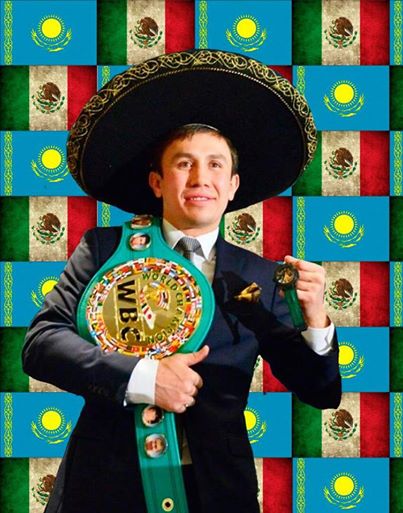
So what? you might think. That’s the kind of stuff we hear from all sorts of boxers, and it’s tamer than, say, Deontay Wilder’s trash talk. But the big difference is that this time it’s being uttered by the sport’s number one dealer of platitudes. Canelo, at long last, has broken his dull, monotonous drone of conversational cliches–his whole Estamos muy contentos! schtick–and finally awarded us a much-delayed sign that there is a real person to be found behind his public relations facade, that there’s a responsive psyche beneath his perfect pompadour. Whether that’s proof of how badly he wants to smash Golovkin’s face in, or a mere sign that he’s not as imperturbable as his PR shills would like us to believe he is, we’ll only know on fight night.
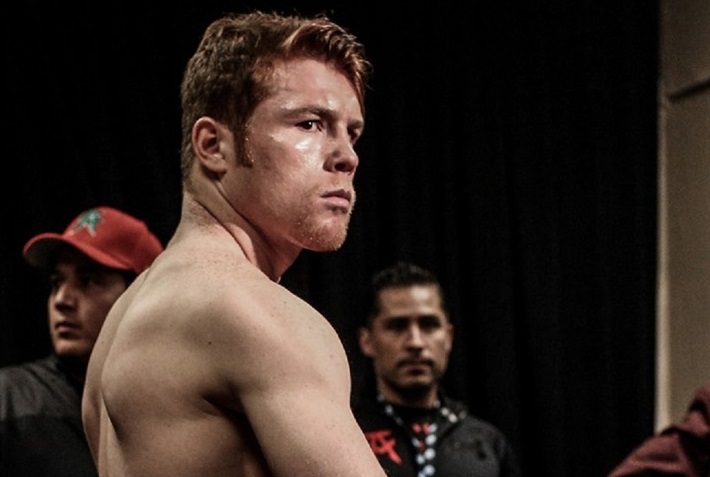
The bottom line here is that, unless you’re an unabashed hater, you join your fight fan brethren in recognizing that both Canelo and Gennady are elite middleweights, and that if one of them earns a decisive victory in the return he’ll have a stronger case than anyone else in the world for being “The Man” at 160 pounds. What’s less clear is whether everything–or anything–we’ve seen in the long, winding, crazy buildup to #CaneloGGG2 will actually make a difference on September 15th. But if what we really crave is some good, old-fashioned ring violence in the biggest, richest fight of 2018, all the animosity surrounding Canelo and Golovkin this time around–at least some of which is undoubtedly real–can’t but help our cause.
Good as it was, it’s clear the first Canelo vs Golovkin fight left things unsaid, punches un-thrown, and arguments unfinished; it’s also clear that momentum and motivations have shifted significantly since September of 2017. It’ll be up to the Mexican and the Kazakh to back up in the ring all the shade they’ve been throwing at each other, and to justify all the attention and riches the boxing world has bestowed upon them. Thinking of how hard it was for both them and us to arrive at this rematch–of how much bullshit we all had to endure and sift through to get here–Canelo and Golovkin may not get another shot at each other beyond September 15. So they damn well better make the most of it. And if they do, you damn well better be watching. –Rafael Garcia



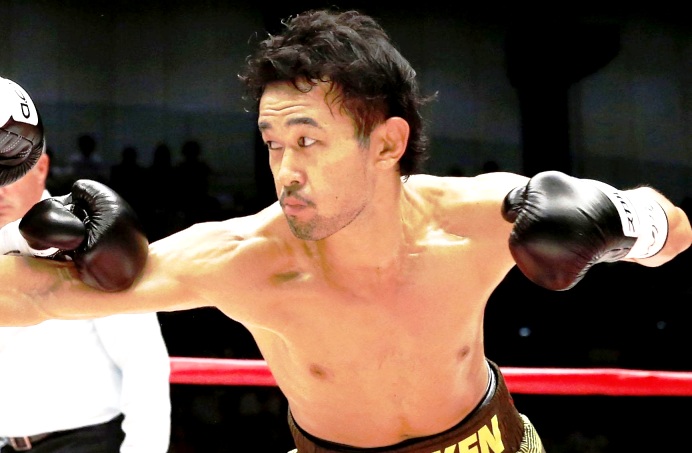
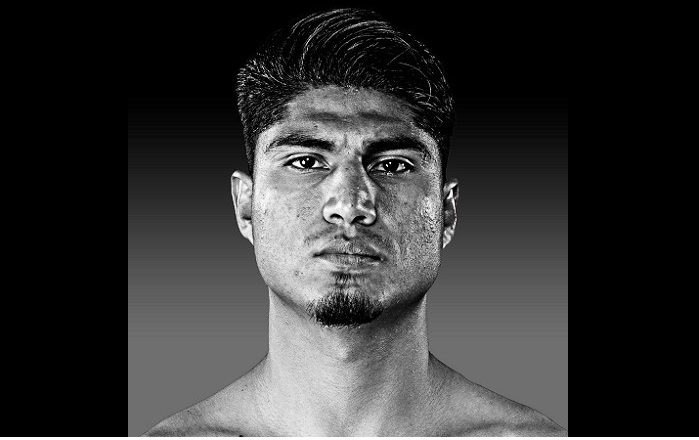

Not bad. summary. Very thorough from a mainstream fan’s perspective. Would be interesting to see the author offer ONE critique of Gennady just to give the facade of objectivity. I understand in today’s media there’s only opinion and counter-opinion and we can trade back and forth all day. But it’s nice when partisans at least attempt to critique their own missives and ideas.
Did you read the article. He broke down the situation as it happen, not injecting bias. Giving equal critique just for the sake of balance is not be objective, it’s actially a form of bias.
The things he criteaqued Canelo for, GGG didn’t do. You want him to make up something as equal as, say, getting popped taking PED and showing little to zero remorse, but a sense of entitlement. Him pointing out GGG felt that way is hardly bias.
In fact, he could have said Canelo got popped, many fans rightly don’t buy the beef story, and it not be a biased statement. Heck, he could say Canelo’s excuse makes little sense for a guy whose team us butchers, lives on a ranch, is millionair a few dozen times over, and says everyone knows about the beef issue, while at the same time saying he knew too little about it, and it wouldn’t be a biased statement, one just based off of facts and allowing people to deduce what is what.
He could note Canelo and his team have indeed acted entitled, and have received a far lighter sentence than most would. That’s not bias. It’s true.
You know what bias is, expecting someone to critique something that doesn’t have to do with this fight, just so it adds something negative about GGG. Truth is, there is a consensus that’s growing about Canelo, if you don’t like it, that’s far, but you’re blaming the wrong people.